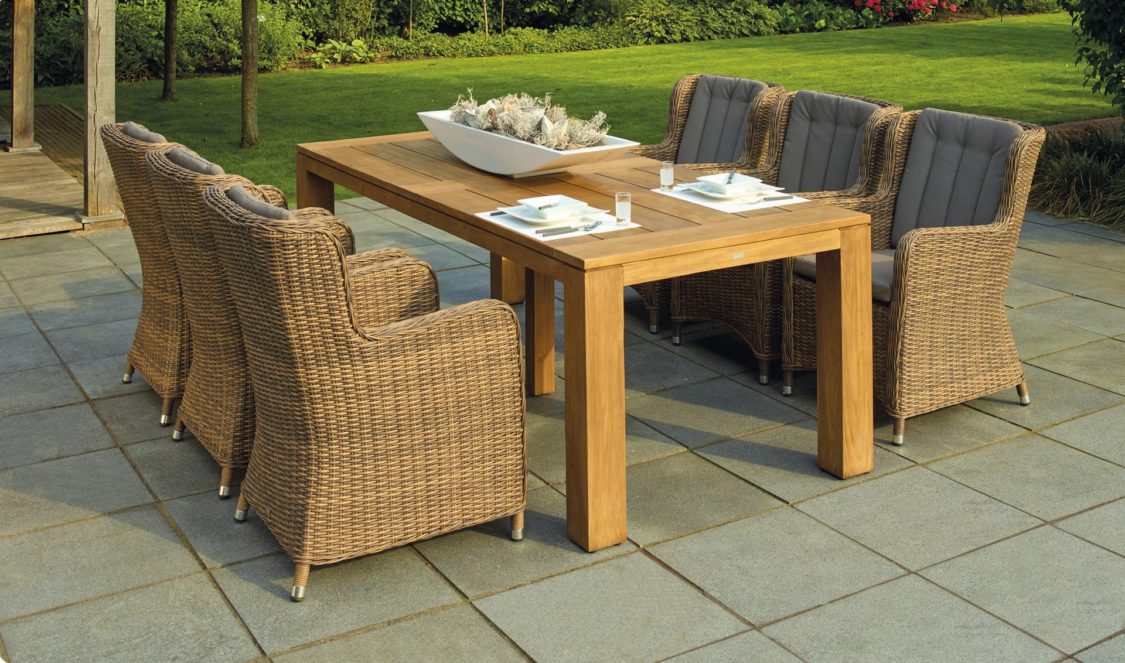We all want to live as positively as we can at all times, but we also know that being positive includes keeping a healthy and physical emotional state. Regardless of your age, this always begins by staying in balance. What many people do not know and what renowned Gerontologist Dr. Jim Collins wants the public to understand, is that CBD products can help change all three of those facets in a positive manner, simply by adding CBD into your daily routine. It is essential to remember that CBD is very different from THC. THC is strictly found in Marijuana, as CBD is used as a health and wellness supplement to improve daily life.
CBD plays a significant role in reducing any pain your body might be dealing with. Whether it is arthritis, chronic pain, muscle pain, spinal cord pain, or any pain caused from Multiple Sclerosis (or other diseases). By simply rubbing CBD oil onto the affected area, the CBD impacts your brain receptors, so much so, that you will be able to manage any physical pain and will almost immediately reduce it. Studies have shown that CBD is a prolific non-drug, non-toxic remedy which can be utilized with a vast majority of illnesses and most especially, those linked to the aging process.
What many don’t understand, but Dr. Collins brilliantly explains in his book that pain comes from inflammation and inflammation brings pain. As an organic alternative to drugs, CBD’s anti-inflammatory properties not only reduce inflammation, but in many cases retard it. As a matter of fact, many elders deal with more pain than those that are younger and Dr. Collins clearly states that he knows CBD is helpful throughout our lives but he also, “believe(s) it can be beneficial for end-of-life care as well”.
From an emotional, medical, and intellectual perspective, Dr. Collins conveys in Living Longer and Stronger With CBD (https://www.amazon.com/Living-Longer-Stronger-James-Collins-ebook/dp/B093169R4D) that, rather than stuffing yourself with a buffet of medical prescriptions, an easier alternative is to use CBD in any type of form such as gummies and liquids to improve even depression and other types of mood disorders that people deal with regularly. When reading Living Longer and Stronger with CBD, you will find that Dr. Collins has done extensive research on the mental and emotional aspects of those who are fighting against addiction as well. Not only does he back up his statements with research, but also offers the idea that CBD can be used as a replacement to end a drug or alcohol addiction. CBD can help you get back on track in almost anything that you are wanting to strive for and achieve. It’s organic. It’s natural. And it’s chemical-free. Whether you’re new to CBD or just looking to learn more at any age, Living Longer and Stronger With CBD provides an excellent background and understanding of the CBD world from an expert perspective.










